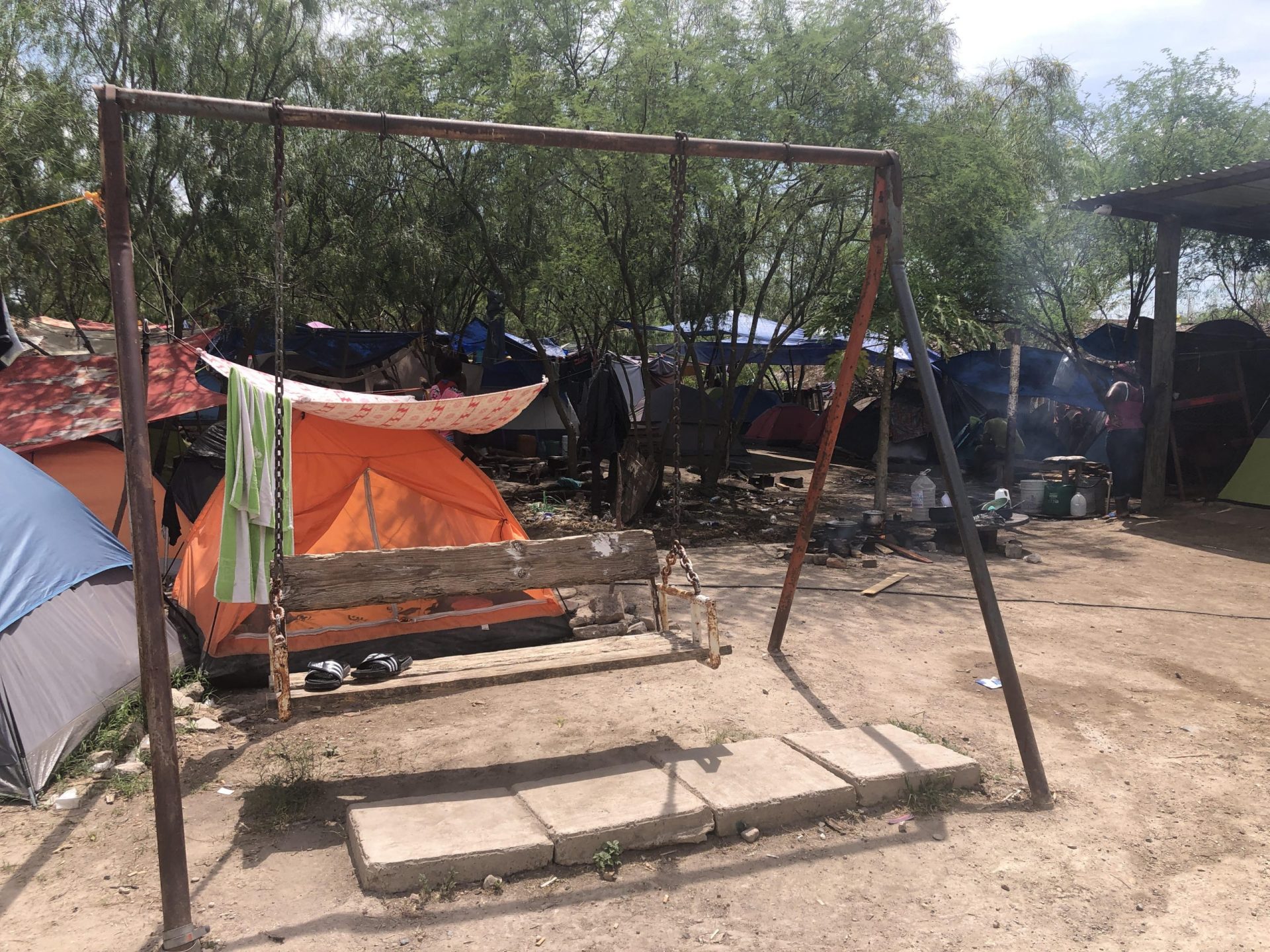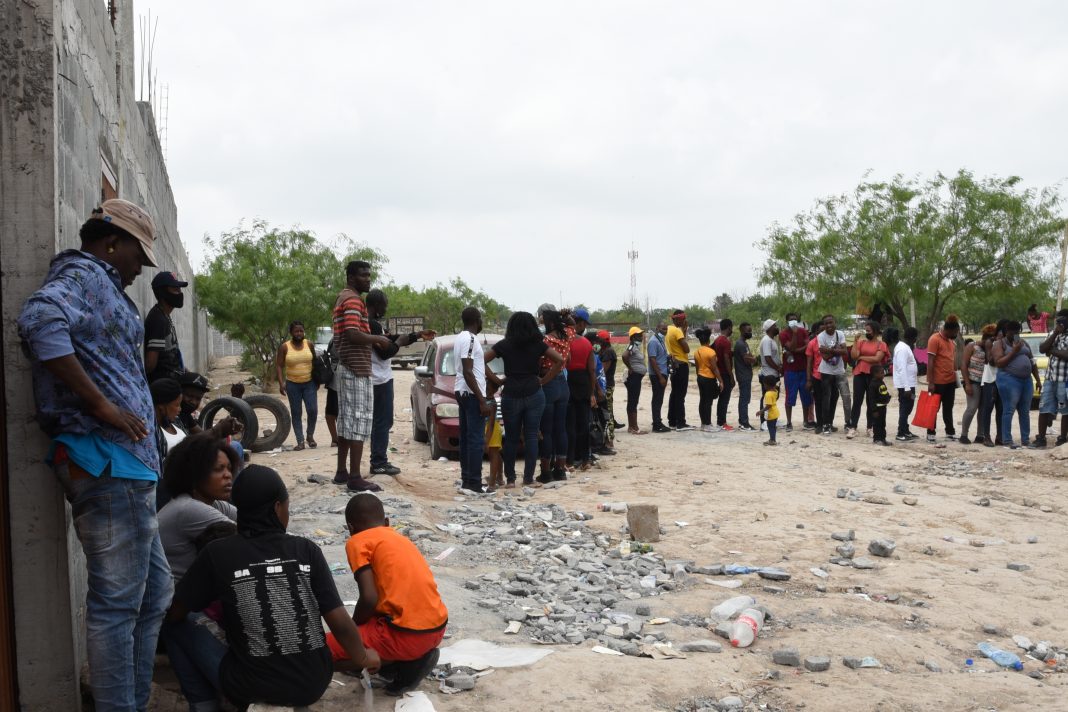For thousands of migrants, lists are the way into the U.S. but those lists have grown to include over 55,000 names across the northern Mexican border while the U.S. asylum system remains largely inaccessible, a recent report found.
Across the Rio Grande Valley’s border, the University of Texas at Austin Strauss Center report estimated as many as 10,000 people waiting in Reynosa and some 1,200 in Matamoros between Aug. 8-12.
“I think it’s key for making sure we have documentation of what the border looked like at different periods in a moment when there’s a lot of changing policies and a lot of things are influx,” Stephanie Leutert said.
Leutert and Caitlyn Yates released their latest Metering Update, a snapshot capturing the number of people waiting in Mexico to cross into the U.S. It’s an approximation of how many migrants wait to enter the U.S.
Currently, a public health policy known as Title 42 bars migrants from seeking asylum in the U.S. But the reports started before Title 42 was set in place in March of 2020.
Leutert and her team began their project Nov. 2018 when migrants were kept from requesting asylum at the ports of entry under a different policy implemented by the Trump administration.
“CBP had just begun to regulate and say, ‘we’re only going to accept a certain number of people a day,’” Leutert recalled. “And so, at each different port of entry, a different actor was creating a list to make sure it was first come, first served, chronologically based. The people who arrived first would be the one who crossed first.”
In Matamoros during that time, the lists were posted on the windows of a Mexican government building across from the Gateway International Bridge. The pages were tattered, dirty and prone to unfair alterations, but they provided a glimpse into the many who entered the city with the intention to cross into the U.S.

Lists looked different depending on the border city managing them, yet Leutert and the team began collecting and counting names.
In Reynosa, the lists were kept for years by a shelter, Senda de Vida, detailing who arrived and the date of their arrival. After the pandemic introduced Title 42, a new type of list was added.
“Specifically in Reynosa, there’s another list now which is for very vulnerable individuals and that’s run by legal services providers,” Leutert explained. People who are sick, injured, or who belong to a persecuted group may qualify to be on the list and be exempt from Title 42. U.S. Customs and Border Protection will allow some to enter the U.S. through a port of entry and request asylum.
In the most recent count, researchers decided to add the names from both of those types of lists: the arrivals and those considered vulnerable. The totals jumped noticeably, especially in Reynosa.
The count nearly doubled from May to August. (The counts are performed every three months.)

Most people are waiting in Tijuana, about 30,000, a traditional hub that’s traditionally safer and has the most shelters and services. Reynosa follows next with about 10,000 people.

There could be duplicates if a person is waiting to cross but was also deemed vulnerable. Some may have already crossed into the U.S., gone back home, or moved to another place in Mexico but remained on the list.
“They’re not an accurate count, but they’re the best indicator that we have at the moment for the total number of people,” Leutert said. Some civic groups estimate it’s closer to 5,000 people in Reynosa, but it’s hard to know since the population of migrants is sprawling.
“We know that there’s also a large population of people who are waiting who are not in shelters,” Leutert said. “That’s why we use the list to try to get a sense of the whole population of asylum seekers.”
By having a sense of the totals, Leutert hopes it could help guide public policy and public awareness about a situation that continues to unfold.





